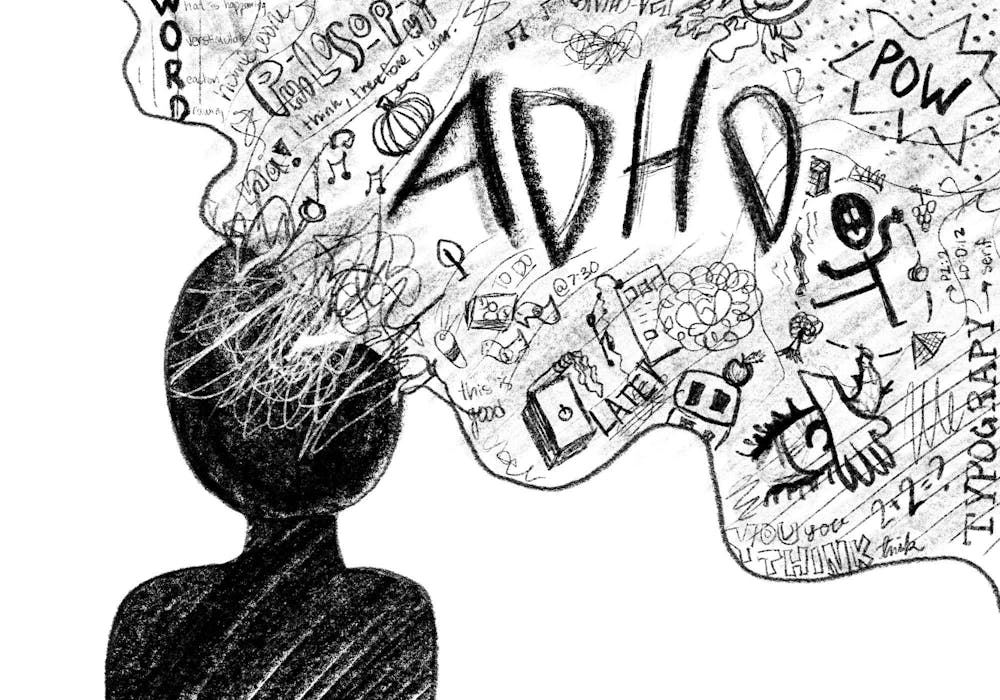People with ADHD (Attention Deficit Hyperactivity Disorder) face particular difficulties in conventional educational settings, and these difficulties are made worse in online learning situations. The intricacies of ADHD and how they relate to online learning make it clear that modifications to instructional strategies and support networks are essential for the academic achievement of students with ADHD.
Comprehending ADHD within the Framework of Online Education
The symptoms of ADHD, a neurodevelopmental disease, include trouble focusing, managing impulses, and taming hyperactivity. Students diagnosed with ADHD may find it difficult to maintain attention, follow directions, and efficiently manage their time in a regular classroom. The following elements frequently make these difficulties more severe in online learning environments:
Increased Distractions:
Because students in virtual learning environments have access to many tabs, social media, and other digital stimuli, these environments can be inherently distracting.
Absence of Physical Structure:
Online learning frequently forces students to establish their own routines and study places, which can be difficult for people with ADHD. This is in contrast to traditional classrooms, which offer a structured atmosphere.
Dependency on Technology:
Although technology makes studying easier, it also makes students navigate a variety of platforms, which can be stressful for those with ADHD who have trouble staying organized and transitioning between tasks.
Modifying Instructional Approaches for ADHD Students
In virtual learning environments, educators and caregivers can use the following ways to support students with ADHD:
Structured Timetables:
Giving kids precise, dependable schedules makes it easier for them to plan ahead and lessens the tension that comes with uncertainty.
Chunking Information:
Students can focus better and process information more efficiently if classes are divided into smaller chunks with regular pauses.
Interactive Learning:
You may increase student engagement and accommodate a variety of learning styles by using interactive features like discussions, quizzes, and online group activities.
Visual Aids and Organizational Tools:
Students with ADHD can stay organized and complete their assignments more effectively by using color-coding schemes, checklists, and visual organizers.
Flexible Assessments:
Differentiated learning demands can be met by offering flexible deadlines and alternate assessment methods, such as oral presentations in place of written reports.
Making Use of Technology as a Tool
Although there are drawbacks to technology, there are also special chances to help students with ADHD:
Text-to-speech,
Voice recognition, and digital organizers are examples of accessibility tools that can be used to help students digest information and finish activities on their own.
Digital Learning Platforms:
Interactive features and adaptive learning technologies allow platforms to customize instruction and offer customized help according to students’ areas of strength and weakness.
Communication Tools:
Teachers can establish a supportive learning environment by providing prompt feedback and direction through regular communication via email, messaging apps, or virtual office hours.
Meeting Emotional and Social Needs
In some cases, virtual learning might make students feel more alone and disconnected, especially those with ADHD who benefit from social engagement and outside structure:
Building Community:
Social contact and a sense of belonging are fostered by promoting peer collaboration through online group projects, discussion boards, and social events.
Emotional Support:
Giving students access to support groups, counseling, and mindfulness exercises aids in their development of coping mechanisms and stress management techniques.
Parental Involvement:
Including parents and other caregivers in the educational process improves communication and guarantees that techniques that promote students’ academic and emotional well-being are consistently applied.
Obstacles & Things to Think About for Teachers
When adjusting to the demands of students with ADHD in virtual learning settings, educators encounter a number of difficulties:
Training and Professional Development:
To help varied learners, educators may need to receive training on instructional styles, ADHD awareness, and effective technology use.
Monitoring Engagement:
Proactive monitoring and parent and student communication are necessary for evaluating student engagement and success in virtual environments.
Individualized Support:
Teachers, parents, and support staff must work together to provide interventions and accommodations that are tailored to each student’s particular strengths and challenges.
In summary
In conclusion, virtual learning provides unique problems for kids with ADHD even though it offers flexibility and accessibility. Teachers can enable students with ADHD to succeed academically and socially in online learning environments by using inclusive teaching strategies, making effective use of technology, and creating a supportive learning community. In virtual learning settings, every learner, including those with ADHD, may reach their full potential if the different requirements of the students are acknowledged and focused interventions are put into place.

